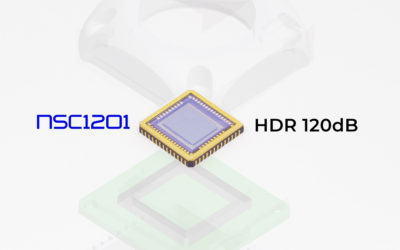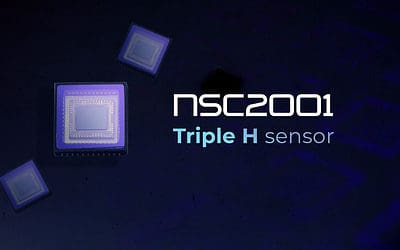NIT partners with the French National Research Agency on SWIR quantum dot sensors.
NIT and the French National Research Institute at Sorbonne University have entered into a research partnership, with the aim of producing SWIR sensors using HgTe quantum dot materials deposited on read-out circuits (ROIC).
The Institute of Nano Sciences from Sorbonne University is currently researching and producing quantum dot materials of HgTe sensitive in the SWIR to MWIR wavelength range. Preliminary tests of QCD deposition on NIT ROIC’s have shown impressive results.
This strategy is promising to design low-cost and small pixel pitch focal plane array, as well as to expand the spectral range of the SWIR camera up to 2.5 µm.
This collaborative program is funded by the French National Research Agency.
“After 10 years of researching infrared imaging nanocrystal films we have been able to obtain impressive SWIR images when coupled to a NIT ROIC. Through this project, we now enter into a new step of collaboration to bring this proof of concept to a SWIR commercially available camera. “
Emmanuel Lhuillier – CNRS researcher and NITQuantum project principal investigator
“This is a major breakthrough in the life of NIT as this partnership will allow us to offer a full line of SWIR sensors and cameras in large volumes and at low price. This technology benefits from the overall imaging sensor market as it shares its common manufacturing platforms. No doubt this novel sensor technology will become the standard in SWIR sensors in 3 to 5 years”
Pierre Potet – CEO, New Imaging Technologies (NIT)
“The project is built upon some impressive preliminary results that demonstrated the feasibility of the technology and its potential to produce low-cost SWIR sensors for numerous applications. The continued partnership between NIT and the Paris Institute of Nanosciences enters now a phase of technological consolidation that will result in a device ready for industrialization.”
Victor Parahyba – Scientific Manager of the NIT Quantum project




